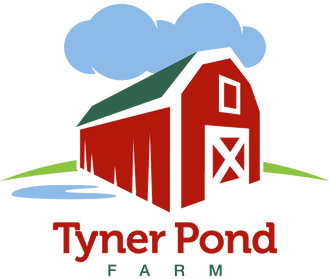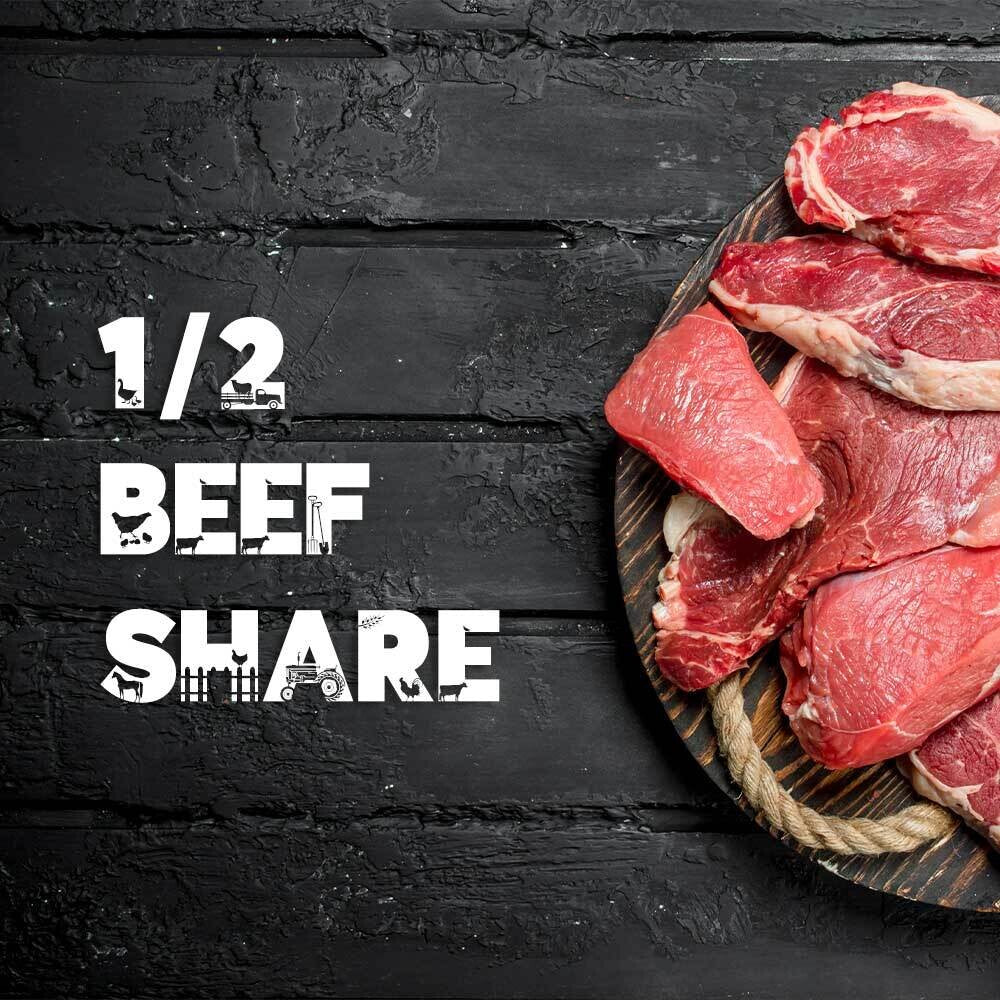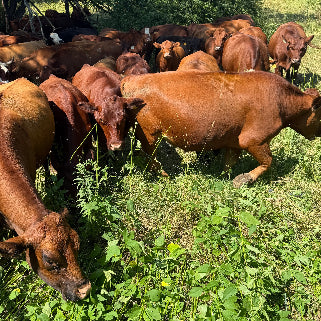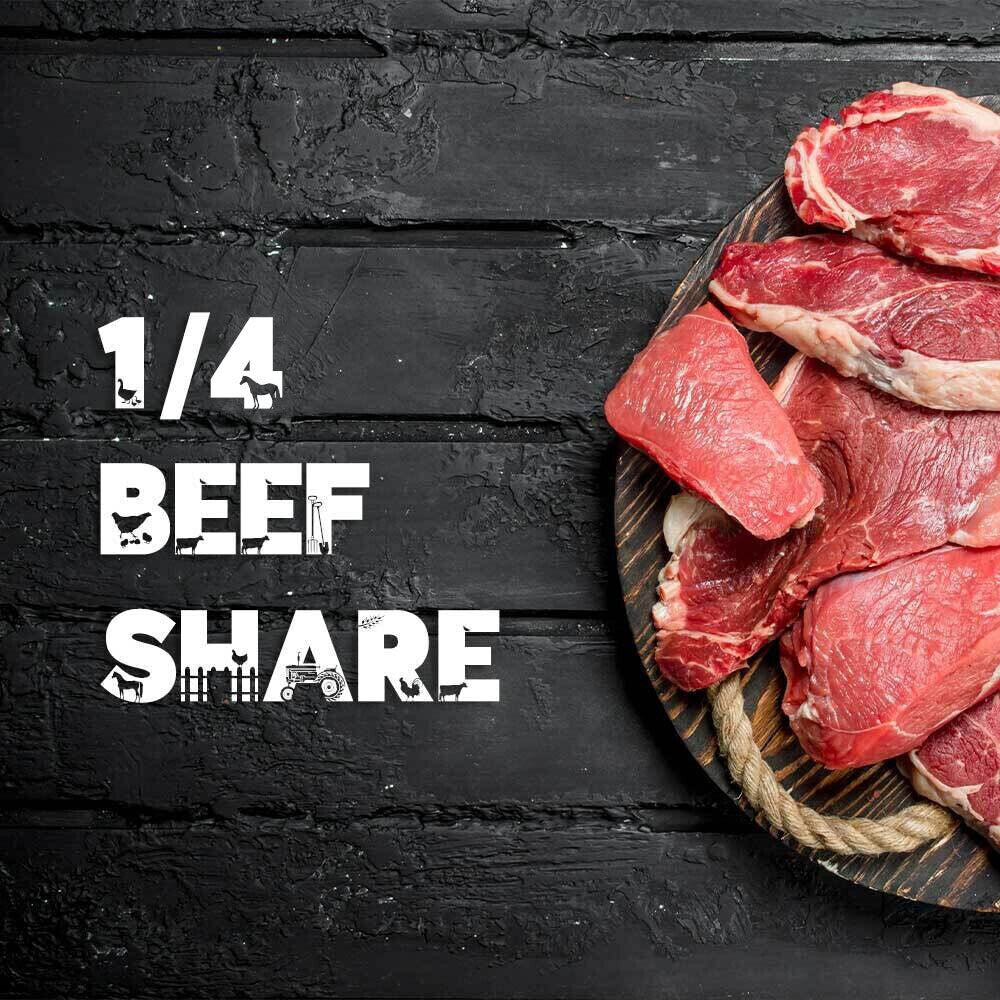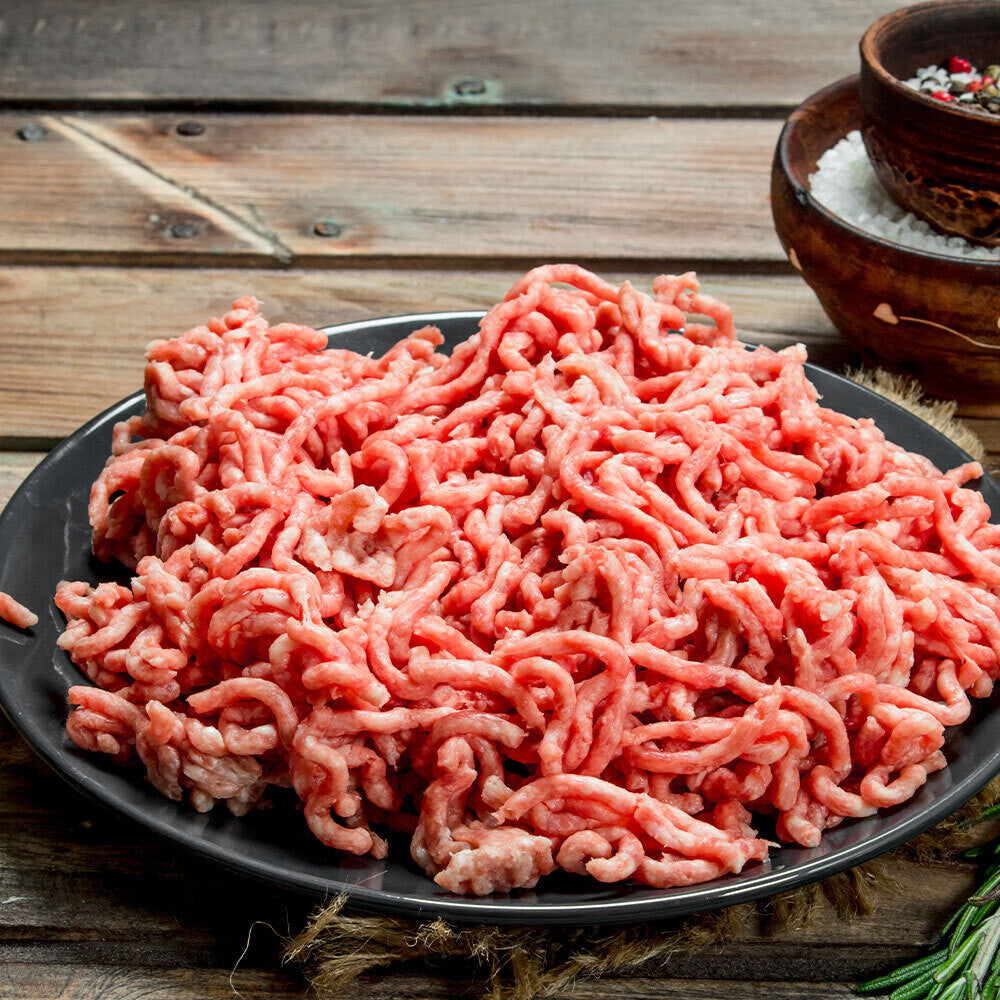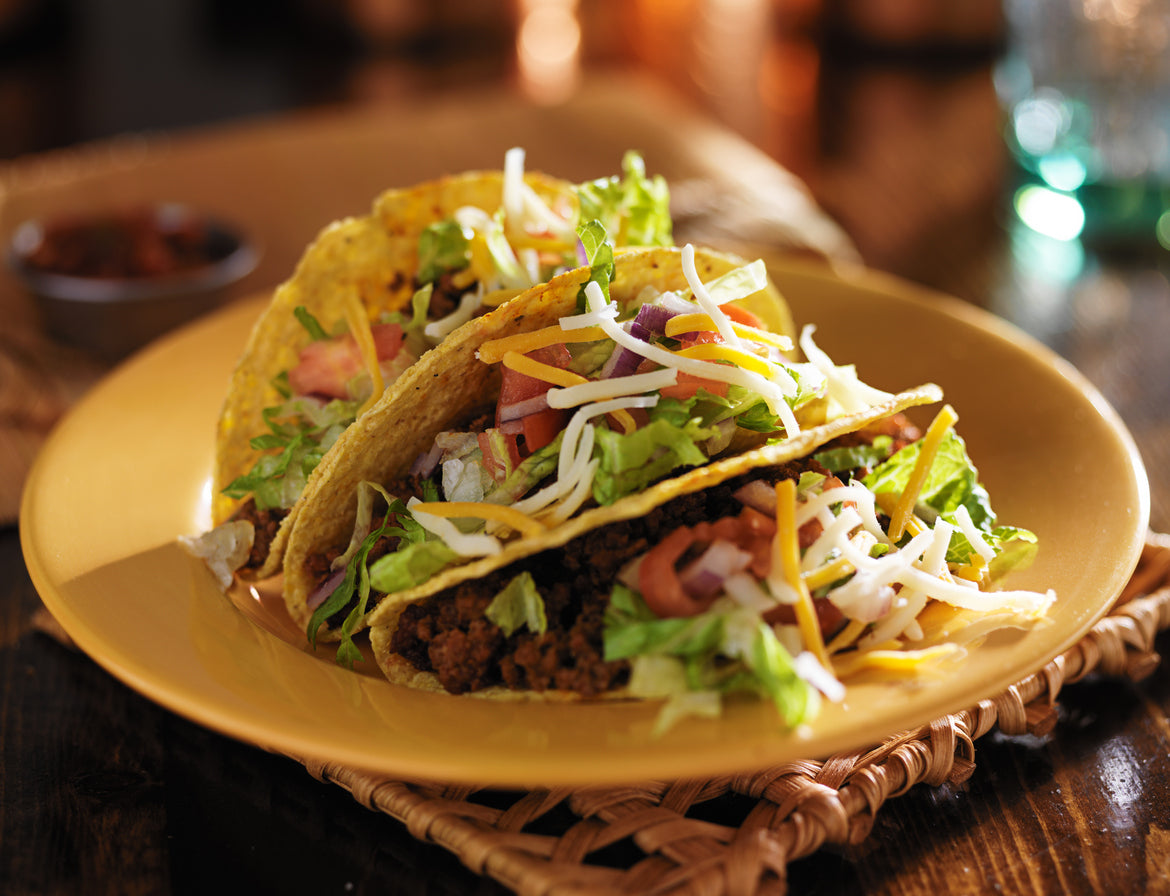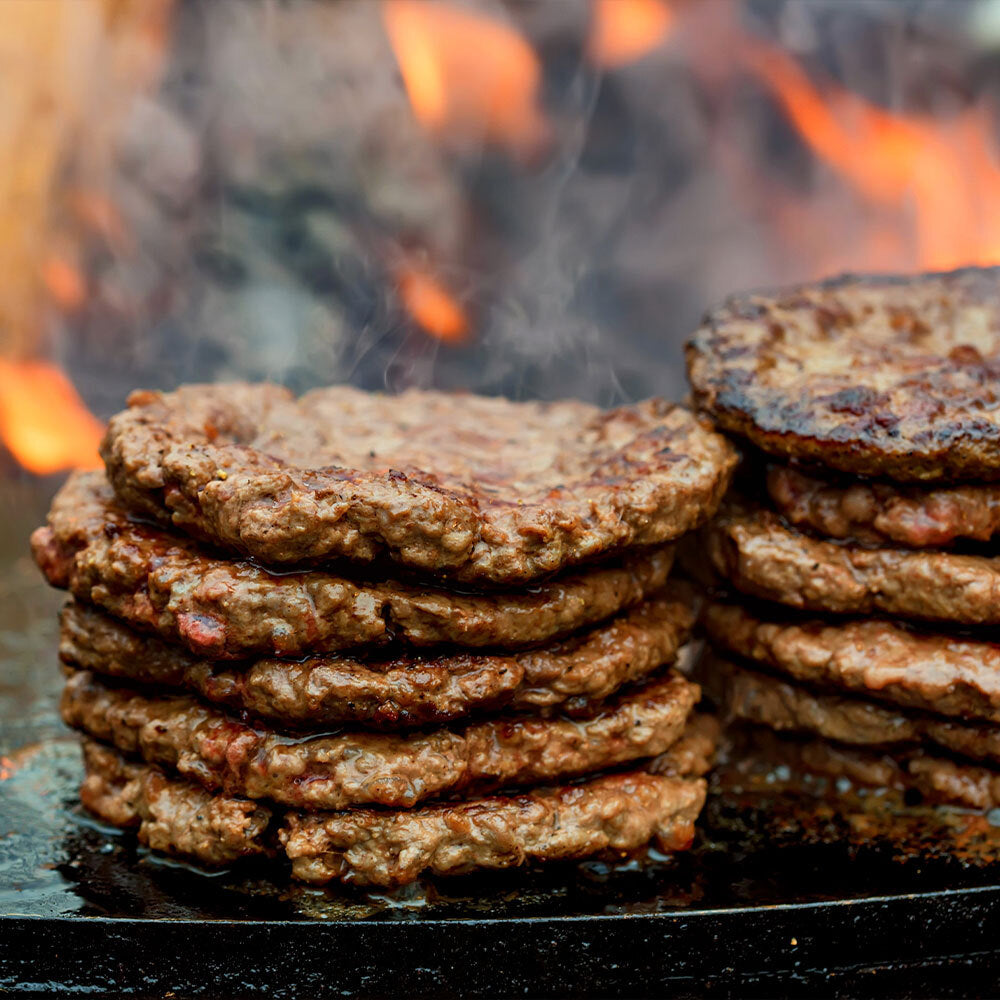
What We Learned From a 1,000-Year-Old Prairie
Learning from land that was never broken.
Whenever we travel, Amy and I try to make time to visit places where we can learn more about natural systems—especially grasslands. On a recent trip to Kansas, we visited the Konza Prairie, a protected stretch of native tallgrass prairie near Manhattan.
The Konza is different from most places. It’s never been plowed. It’s one of the last intact examples of what much of the central U.S. used to look like—an ecosystem shaped not by machinery, but by time, weather, and the natural movement of large grazing animals.
The land is now used for research. Scientists study how ruminants like bison, along with seasonal rest, rainfall, and plant succession, shape the health of the ecosystem. But what stood out to us wasn’t just the science—it was the landscape itself. The diversity of grasses. The structure of the plant communities. The spacing of the trees. The insect and bird life. It all worked together. Nothing looked forced.
Walking through it reminded us what land can look like when it’s managed by nature instead of industry.
It also made us think more deeply about Tyner Pond Farm. Not just how we’re managing the land today, or what the pastures will look like next year—but what kind of land we’re leaving behind a hundred years from now. Or a thousand.
The prairie has endured because the systems that shaped it were allowed to keep working. Grazing animals moved through, plants had time to recover, and nothing was taken from the soil that couldn’t be replaced.
We try to apply that same thinking in our work—moving our herds carefully, giving ground time to rest, and avoiding anything that interrupts nature’s cycle. We’re not trying to control the land. We’re trying to understand it, so we can work with it.
It’s not about short-term outcomes. It’s about long-term care.
Trips like this help us step back and think more clearly about what real stewardship looks like. We’re grateful for that.
